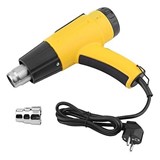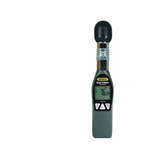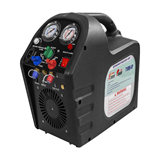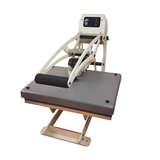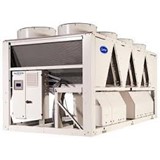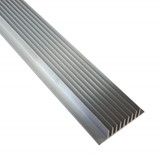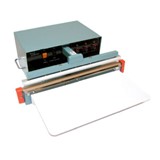Sustainable Victoria
Hunt Boilers has developed a Heat Recovery Condensing Unit (HRCU) that is suitable for retrofitting to their existing range of industrial hot water units (ranging from 290 kW to 1900kW). The HRCU is designed to improve boiler energy efficiency but to date has only been demonstrated at their manufacturing facility in Dingley. The HRCU currently requires trialing at a manufacturing plant to fully understand the system performance.
Project Description
Hunt Boilers have identified CRF (Colac Otway) Pty Ltd, an animal processing plant in Colac, for the demonstration of the HRCU in a manufacturing environment. The CRF plant mainly processes meat for the domestic market. CRF require hot water for washing and sterilisation of knifes and equipment.
CRF are currently using a boiler manufactured by Hunt Boilers, and have agreed to trial the HRCU technology at their facility in Colac. The project will involve retrofit of one HRCU to the existing boiler, data collection and analysis. Efficiencies achieved and learnings from the trial will be documented and reported with the view to stimulate replication.
HRCUs have been used in Europe for some time, and are now starting to enter into the Australian market. At present the European technology costs around 23% higher than Hunt Boilers HRCU’s. The selected material for construction helps to significantly reduce the cost of manufacturing, allowing Hunt’s technology to be significantly cheaper than the European technology. The Hunt Boiler product is made from cupro-nickel tubes, copper fins and stainless steel frames and casings. The imported product is all stainless components.
The HRCU is more efficient at recovering heat than competing technology. Hunt has developed the HRCU for the hot water boiler market in the size range from 250kW to 1900kW, which has a major market potential previously not catered for.
The HRCU will heat up warm water that is being fed to the boiler from 30 C to nearly 70 C. This is done by taking the heat from the boiler flue that would normally exit at 160 C and reducing the exit temperature to around 100C.
Sustainability Victoria’s involvement has been ongoing, including support for the preliminary design and specifications, pre-benchmarking and collection of data, installation and post-installation data collection and benchmarking. Crucially, Sustainability Victoria has supported this project by quantifying the increased boiler efficiency that the supplier, Hunt Boilers, is claiming.
The project commenced in December 2004 and the first level of installation is now complete. Further equipment will be installed for the analysis of data with the project due for full completion by November 2005.
Return on Investment
The HRCU installed is designed to recover 157 Kw of heat. By feeding hotter water to the boiler the boiler efficiency is expected to increase by around 8%.
The supplier believes that a performance gain of 8% gas reduction can be achieved by using the HRCU technology, however, this is not yet proven. The project trial at CRF will validate these claims and assist in gathering data on the expected life of the actual HRCU unit (i.e. performance of the material of construction).
There is also potential for general market uptake of the HRCU. In the last 18 months Hunt has sold 51 boiler units in Victoria that are suitable for retrofitting with the HRCU. The units are able to be adapted to other manufacturers hot water systems, however, Hunt’s preference is to encourage the uptake of these units on future new sales of their product range. Hunt anticipates selling another 50 boilers over the next 18 months.
If successful the project is estimated to save $14,000 and 3000GJ per annum. This is equivalent to a reduction of 190 tonnes of greenhouse pollution per annum and the removal of 45 cars from Victorian roads.

